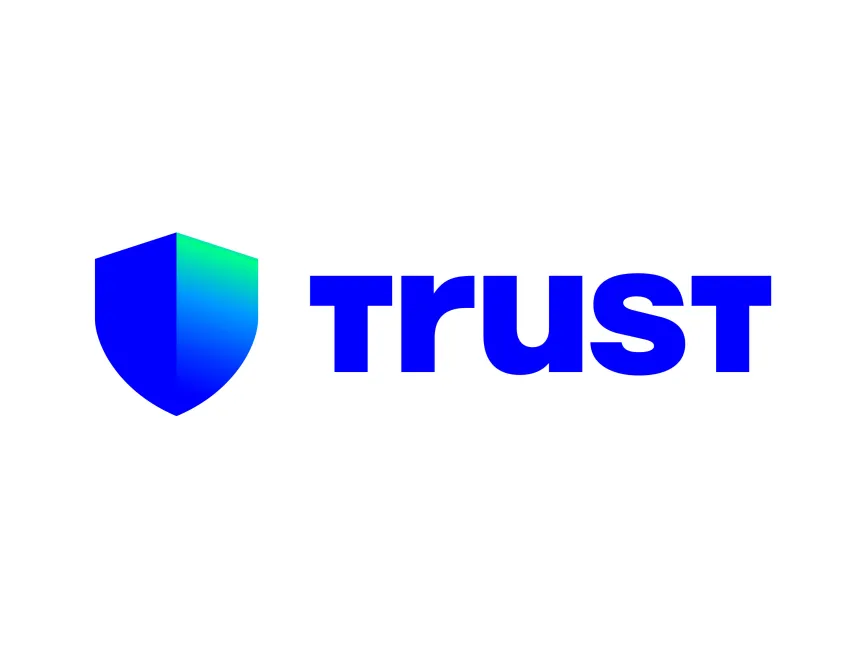Whoa! I started writing this because my portfolio was a mess. Seriously? Yeah — between Ethereum gas spikes, a few BSC airdrops, and a stubborn Solana position, I was juggling five wallets like a street performer. My instinct said I was missing a pattern. Initially I thought more dashboards would fix it, but then I realized dashboards sometimes just amplify noise and hide the real risks — especially when you spread liquidity across chains without a clear rule set.
Here’s the thing. Multi‑chain is the future. Medium-term yields live on different rails. But that doesn’t mean chaos is inevitable. You can tame it. On one hand, diversification reduces single‑chain failures; on the other hand, cross‑chain complexity creates operational risk that can eat returns. Okay, so check this out—I’ll walk through principles that actually helped me, messy bits included, and the pragmatic tools that make Web3 integration tolerable for regular folks (and not just full‑time degens).
Start with principles, not shiny APYs
Whoa! Short wins are seductive. Gas rebates, promo yields, shiny UI tokens. But rules beat impulses. A small, easy checklist can save you huge headaches: risk budget per chain, max allocation per protocol, and a rebalancing cadence you can live with. I’m biased, but treat smart contract audits and TVL trends as filters, not endorsements. Hmm… something felt off about blindly stacking incentives — because incentives always stop making sense when markets flip.
Set allocation bands. For example: 50% core (blue‑chip assets across two secure chains), 30% growth (newer L1s and promising DeFi), 20% experimental (IDOs, liquid restaking). Those are just examples. Your mileage will vary. Actually, wait — let me rephrase that: pick bands you won’t panic about. If you can’t sleep, your bands are too aggressive.
Tooling: wallets, bridges, and the honest friction
My workflow evolved slowly. At first I had ten separate browser profiles. Ugh. That was dumb. Then I consolidated with a single extension and a hardware combo. On one chain I used a hot wallet for DEX ops, and on another I kept a hardware‑backed account for long holds. That split reduced mistakes. Something as small as a consistent naming scheme for accounts saved me from sending tokens to the wrong chain — very very important.

If you want a reliable bridge to interact with multiple chains without hopping between dozens of apps, try integrating a browser extension like the trust wallet extension. It plugs into your browser flow, keeps chain switching predictable, and can reduce wallet pairing errors when you’re jumping from Ethereum to BSC to Polygon. I’m not 100% sure every feature will suit you out of the box, but it reduced friction for me and saved time on routine tasks.
On bridges: bridges are amazing and scary. Use audited protocols and minimize hops. On the one hand, bridges open liquidity; though actually, multiple bridge hops multiply attack surface. When moving funds, split transfers into smaller test transactions first. Trust but verify — literally test the path with small amounts before committing large sums. Oh, and by the way… keep receipts (tx hashes) in a secure note. They come in handy if something goes sideways.
Rebalancing: frequency and method
Rebalancing is not a one‑size thing. Calm down. You don’t need to trade every pump. Choose a cadence aligned with your psychology. Monthly works well for most retail folks. Weekly suits active allocators. Each approach has tradeoffs. A method that worked for me was threshold rebalancing: only trade when an asset moves beyond a band (for example, ±12%).
Why thresholds? They avoid tax and gas churn. They also force you to face decisions calmly. Initially I thought rebalancing meant constantly swapping. Then I realized patience can outperform over‑trading. On one hand, staying put captures long moves; on the other hand, sticking too long can let losses compound. So I set rules and automated what I could with scripting or bots (careful here — security first).
Security posture: simple things you can actually do
Security is the unsung hero. Use hardware wallets for cold storage. Keep a hot wallet with minimal funds for active strategies. Back up seed phrases in physical form. Seriously? Yes. No cloud storage for your master seed. I know that sounds paranoid, but it’s practical. I’ve watched people lose access because they tried clever “encrypted backups” without understanding threat models.
Also rotate permissions. Revoke approvals regularly — there are dozens of perm tools. Don’t give apps blanket approval to spend unlimited tokens unless you absolutely need to. Use time‑locked multisigs for treasury‑level holdings. On small accounts, a single‑sig hardware wallet is fine. On bigger stakes, add redundancy and checks.
Composability: the good parts and the traps
DeFi composability is beautiful. You can stack yield, collateralize, and synthesize exposure. But stack too many pieces and your effective leverage is opaque. That is where things get weird. I fell into a trap once: collateralized position on Chain A backing a synthetic on Chain B while liquidity was bridged through Chain C. When one bridge had issues, margin calls cascaded. It was a nightmare. Learn from my mistake.
Rule: map your dependencies. For every position, ask: which bridges, oracles, and contracts does this rely on? If three distinct primitives fail at once, is the downside acceptable? Sketch dependency trees like a developer would. It sounds nerdy, but it helps with scenario planning.
Tax and recordkeeping: boring but crucial
Taxes make Web3 less fun. Keep a simple ledger. Export CSVs. Use a consistent wallet labeling system. Small trades add up into paperwork. I’m biased, but keeping records as you go saves a ton of future pain. If you’re in the US, treat staking, swaps, and bridge transfers as potentially taxable events depending on the mechanics — consult a tax pro if this matters a lot to you (and it probably does).
FAQ
How many wallets should I use?
Two to three is sensible. One hardware for long term holds, one hot for active trades, and an optional multisig for pooled funds. Keep the hot one lean. If you need separate chains, use the same extension and label accounts clearly.
Are bridges safe?
Not inherently. Use audited bridges and avoid multiple hops. Test with tiny amounts. Consider time‑delayed transfers for large moves. Remember: decentralization sometimes trades convenience for complexity.
How do I handle token approvals?
Revoke unused approvals and avoid unlimited allowances unless necessary. Use permissions dashboards monthly. Small, regular housekeeping reduces the chance of a rogue contract draining funds.
I’m leaving a lot unsaid on purpose. There are nuances I don’t fully master and evolving risks I can’t predict. But practice matters. Start with a clear risk budget, consolidate tooling, map dependencies, and automate safe parts of your workflow. My gut says the next wave of user adoption will come from people who blend simple rules with good tooling — not from folks chasing the highest APY every week. This part bugs me: too many guides toss around strategies without showing practical guardrails. So do less, but do it consistently. Somethin’ like that has kept my nights calmer and my wallet intact.

Leave a Reply